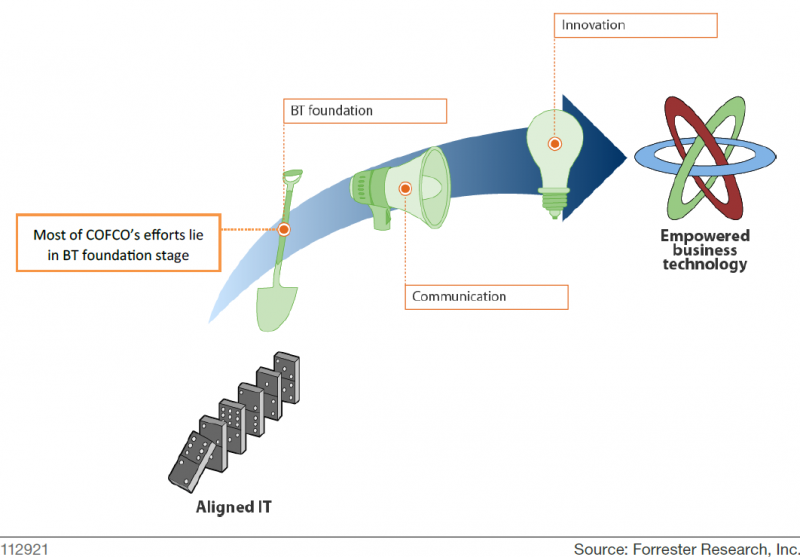Large Chinese Enterprise Targets Improved Agility
State-owned enterprises (SOEs) in China face a quickly changing competitive landscape — one that their existing technology strategies can’t keep up with. To address this challenge, organizations are migrating from earlier-generation BI architectures, technologies, and organizational structures to new models and approaches. My “Chinese State-Owned Enterprise Targets Improved Agility” report, scheduled to appear later this month, describes the experience of a typical large Chinese SOE, the China National Cereals, Oils, and Foodstuffs Corporation (COFCO), which leveraged a BI-led program to jump-start the transformation of its technology management capabilities.
COFCO is China’s largest supplier of agricultural and food products and services, including oils, rice, wine, tea, and various other products, and is expanding into real estate, shopping centers, and other industries. COFCO is a large B2B trader with many technology stakeholders, and its headquarters couldn’t quickly collect or analyze data from branches or business units, delaying the company’s response to and decisions about market changes. Major obstacles included siloed operations centers and business units; inconsistent data management rules that complicated centralized data governance; and other process and people challenges.
To address these issues, COFCO decided to redefine the position of technology management in the organization and review its technology agenda and planning. It evaluated and selected BI as the most compelling project to deliver quick business outcomes that would convince business executives to further invest in the transformation. Best practices that COFCO implemented include:
- Leveraging BI services to deliver a quick win and validate the approach. COFCO started integrating general IT functions at its headquarters, subsidiaries, business units, and production centers and tried to provide shared services like back-office solutions to the entire group. It started data analysis and output results from selected usage scenarios, including production data, logistics/inventory data, and procurement information.
- Restructuring the technology management organization to support interim value delivery. To achieve its customer- and efficiency-oriented strategy, COFCO’s technology management team aimed to integrate and centralize technology management from different operations centers and business units.
COFCO achieved quick business outcomes, like a feasible technology planning and initial BI platform. With this BI project, COFCO’s technology management team managed to strengthen its credibility in the eyes of business stakeholders. To move forward, COFCO and other Chinese enterprises should assess their readiness to plan BT strategies and consider adopting a business-first approach. Forrester provides three steps to assess this readiness. As an early adopter of business technology, most of COFCO’s efforts lie in the “BT foundation” stage. Addressing the following questions at this stage may help firms increase their readiness:
1. Is your company keeping the lights on when needed?
2. Is your CIO measuring the right things?
3. Does your company have a portfolio approach to technology investments?

Does your organization in China face similar technology management challenges? If yes, I urge you to read my forthcoming research.